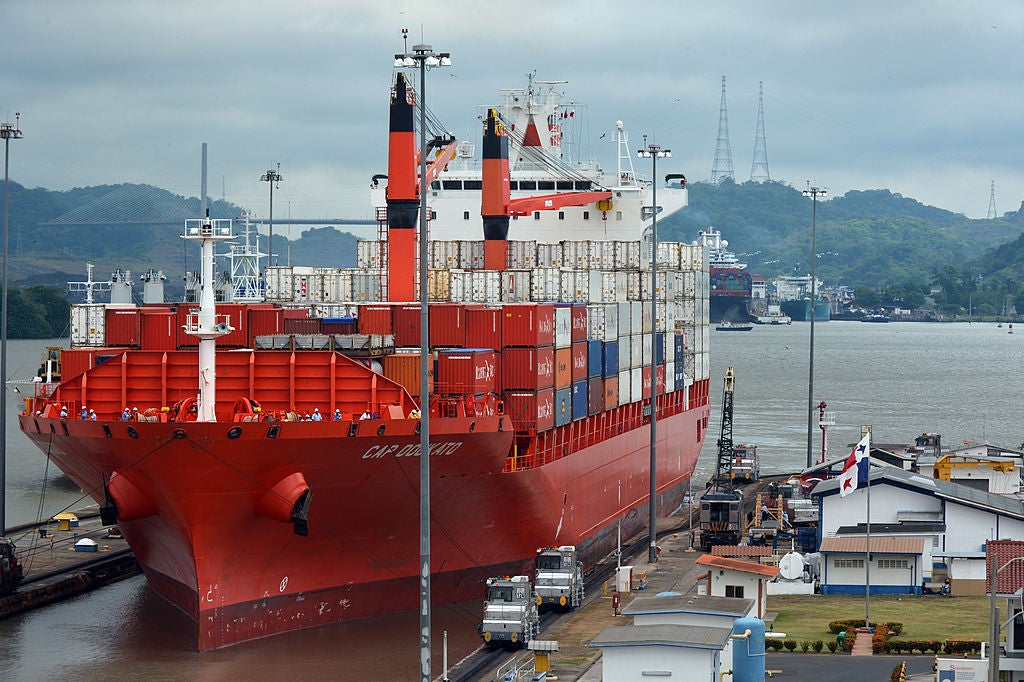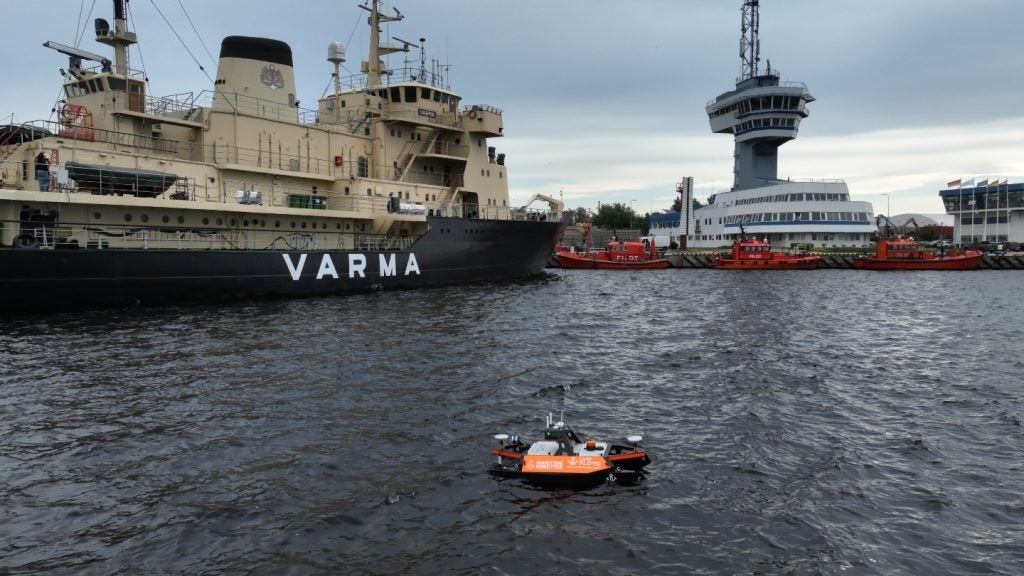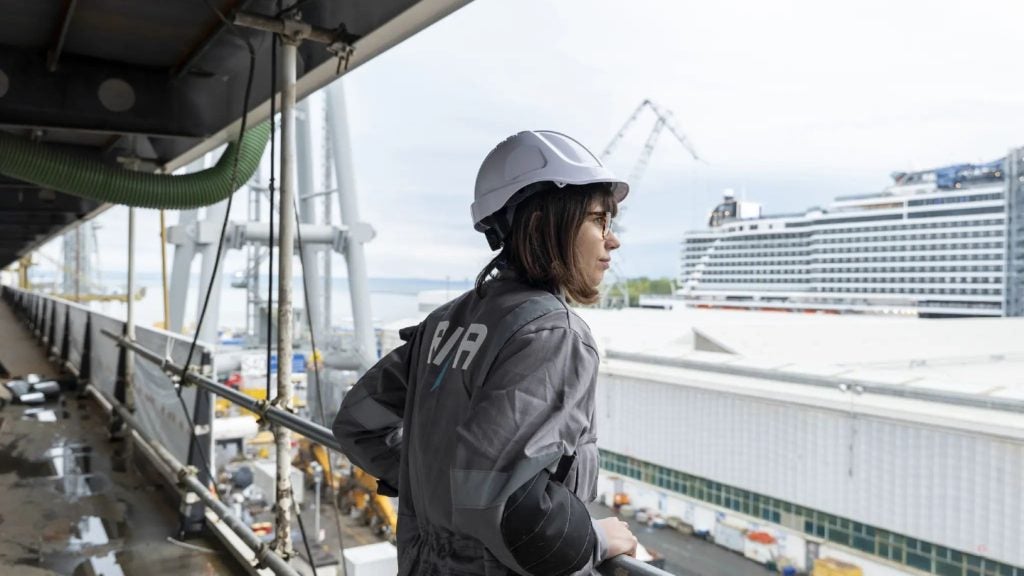
Global supply chains have come under enormous pressure since the outbreak of the Covid-19 pandemic. Goods transportation and storage is one of the most vulnerable and costly points in global supply chains and, especially in the US, the warehousing logistics sector has been struggling as a result.
An unexpected explosion of demand, a shortage of port workers due to Covid-19, an absence of available chassis to move freight and a weakened transportation infrastructure for inland movements have combined to cause US companies to fail to meet production, delivery and distribution targets.
The result is swamped warehouses and a consequent increase in traffic at ports as containers wait for days, rather than hours, to offload goods. To further complicate matters, the country suffers from a lack of additional logistics space that would help alleviate some of this pressure.
Warehouse expansion is one of the solutions that the industry has come up with to resolve the issue. However, it is an expensive one.
A recent survey conducted by Prologis estimates that available logistics space in the US will dry up in 16 months’ time, meaning some time around late 2023.
Melinda McLaughlin, Prologis’s global head of research, previously told Investment Monitor: “Vacancies are at historic lows in the US as companies move to online fulfilment models and higher inventories. Intense competition for warehouses is pushing rents higher than ever, and we expect this to continue into 2023.”
How well do you really know your competitors?
Access the most comprehensive Company Profiles on the market, powered by GlobalData. Save hours of research. Gain competitive edge.

Thank you!
Your download email will arrive shortly
Not ready to buy yet? Download a free sample
We are confident about the unique quality of our Company Profiles. However, we want you to make the most beneficial decision for your business, so we offer a free sample that you can download by submitting the below form
By GlobalDataWhat else can be done to take the pressure off US ports and eliminate bottlenecks in the supply chain, which ultimately result in delays at the consumer side of things?
Alternative routes for goods to enter and leave the country can play a role. One of them is the Panama Canal, which for more than 100 years has allowed goods to move through the US continent and on to Asia and Europe.
A brief history of the Panama Canal
Construction on the Panama Canal was completed in 1914 at 82km in length and an expansion was done in 2016 to cater for growing traffic. The expansion added a third lane, which doubled the canal’s capacity.
It is known as ‘the hub of the Americas’ and bisects the umbilical cord that ties together North and South America. It takes somewhere between eight and ten hours to cross it and saves around 22 days for container vessels, which would otherwise have to go through the much lengthier and more dangerous route around South America through Cape Horn.
During the fiscal year 2021, nearly 150 million long tonnes of cargo in transit through the Panama Canal originated from the US. Cargo from China amounted to around 19.5 million long tonnes that year.
The Panama Canal finished the 2020 fiscal year with $3.4bn in revenues, up 7.2% on the 2019 fiscal year. In 2020, the canal’s direct contribution to Panama’s national nominal GDP was 2.7%. Transits across the canal totalled 13,369 in the 2020 fiscal year, a 3% drop on the previous year. It is widely believed that the Covid-19 pandemic contributed to this dip. Its tonnage for the 2020 fiscal year was 475.2 million.
The US already benefits greatly from the contribution of the Panama Canal to its movement of goods, and in many ways. Most recently, the expansion created more US jobs and made the US goods transport system run more efficiently.
It has relieved congestion at the ports of Los Angeles and Long Beach, which redirect most of the traffic coming from Asia, thus giving US exporters better access to China and other Asian markets.
According to the US International Trade Administration, the Panama Canal holds 46% of the total market share of containers moving from north-east Asia to the east coast of the US.
Revenue from canal tolls amounted to $2.6bn in 2019. The Panama Canal serves more than 144 maritime routes connecting 160 countries and reaching some 1,700 ports globally.
The US goods trade surplus with Panama was $4.9bn in 2020 – a 48% decrease over 2019 – and US exports to Panama were $5.76bn, a decrease of 34% from the previous year. Conversely, US imports from Panama were $593m, up 31%.
An FDI snapshot of Panama
As well as boasting the canal, Panama is home to the Colón Free Zone, the world’s second-largest free trade zone, and is a popular location for foreign direct investment (FDI).
Before the Covid-19 pandemic, Investment Monitor’s FDI Projects Database shows that Panama attracted 24 projects in 2019.
While FDI projects have not resumed at pre-pandemic levels in Panama, the sector breakdown tells the story of a country that has many attractions for foreign investors.
Unsurprisingly, logistics, construction and real estate, business and professional services, and tourism were the sectors to attract the majority of FDI projects in Panama between 2019 and 2022. However, more than half of the total projects – 36 out of 63 – were spread from a wide number of other sectors, proving that Panama has a diverse economy.
Solutions from the ground
While the importance of the Panama Canal when it comes to the global logistics sector is clear, the strains of disrupted global supply chains are being felt by local companies.
Panama-based logistics operator Multimodal Marine has been giving the US – and global – warehousing logistics crisis some thought and coming up with solutions. Consolidated cargo transport is one of them.
The company recently developed an intermodal transport solution for consolidated cargo of maritime-air transport from the main Chinese ports and the port of Long Beach California to Los Angeles International Airport, then on to Miami International Airport, with final destination Tocúmen International Airport in Panama.
“This takes two weeks and comes at a very competitive rate,” says CEO and founder Elio Sanchez.
“My idea of a logistics solution for the problem of container jams in ports and warehouses in the US and in other parts of the world is to work the purchase orders in the factory under the consolidated cargo transport modality.
“The costs of consolidated cargo within a container per client are a fraction of the total value of a full container. The ideal is to work with transport solutions that combine the intermodal [air-sea-land] of consolidated loads, minimising the storage time in the warehouses in a cross-dock operation,” he adds.
Improvements could be made at the time of unloading cargos on the docks too, Sanchez argues. Cranes being used in Panama’s ports, for instance, take up to one minute to carry out the job, while those used in China’s ports take as little as 35 seconds, he points out.
The Panama Canal is already well-positioned to make a positive contribution to the challenges posed by global supply chains disruption and to take some pressure off US warehouses, but more can be done to make it an even more competitive alternative route for this increasing traffic.






